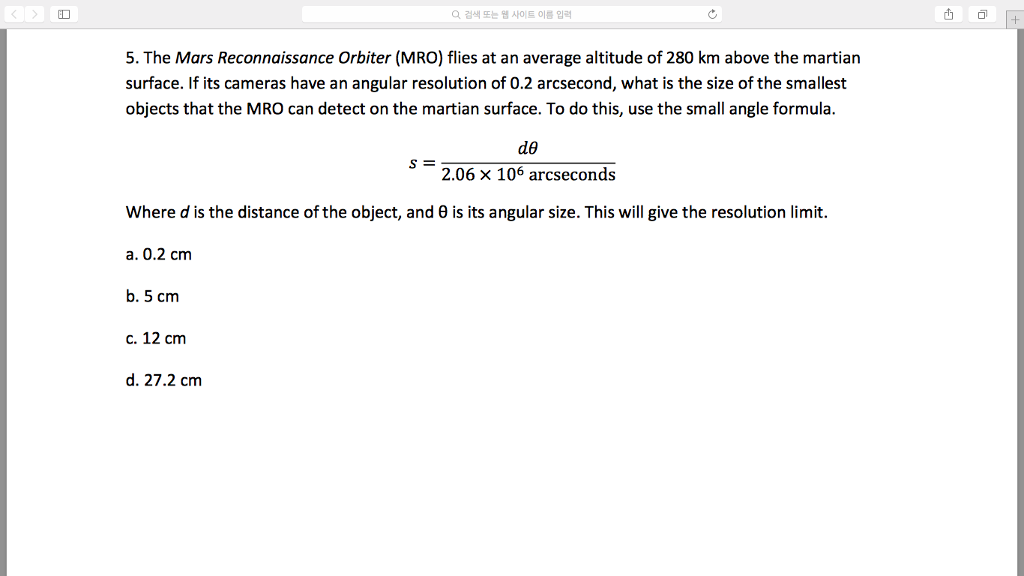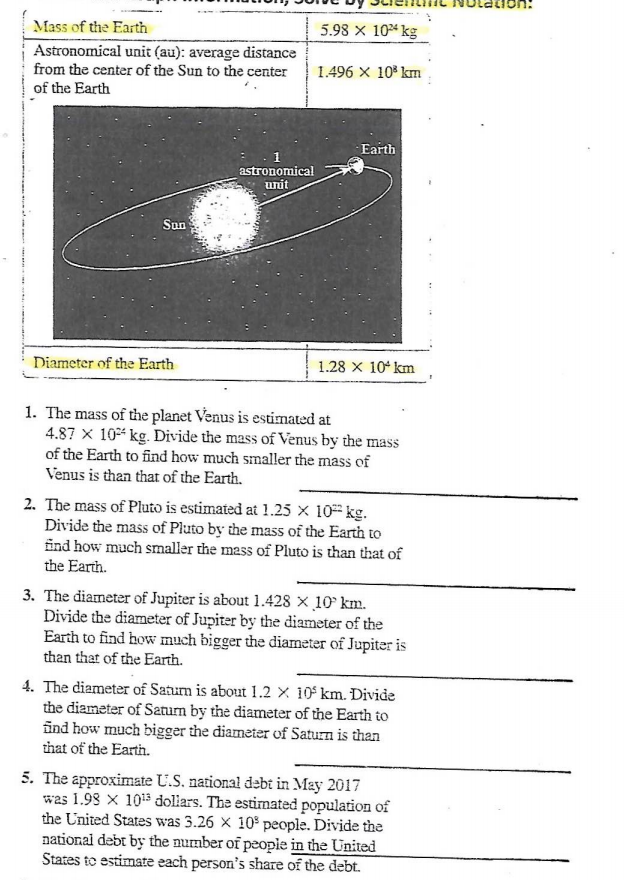
Further, we confirm the detection of a large gap of 54 au in size within the disk in our scattered light images, and detect a signal from an inner disk component. The luminosity of the detected object is consistent with that of an L-type dwarf, but its IR colours are redder, possibly indicating the presence of warm surrounding material. The comparison of the measured magnitudes and colours to evolutionary tracks suggests that the detection is a companion of planetary mass.

The astrometry results in an object of bound nature, with high significance.

The detection is confirmed at five different epochs, in three filter bands and using different instruments. Results: We detect a point source within the gap of the disk at about 195 mas ( 22 au) projected separation. Methods: We analyse new and archival near-infrared images of the transition disk PDS 70 obtained with the VLT/SPHERE, VLT/NaCo, and Gemini/NICI instruments in polarimetric differential imaging and angular differential imaging modes. We aim to search for the presence of an embedded young planet and search for disk structures that may be the result of disk-planet interactions and other evolutionary processes. Only very few detections of planet candidates within these disks exist, and most of them are currently suspected to be disk features.Īims: In this context, the transition disk around the young star PDS 70 is of particular interest, due to its large gap identified in previous observations, indicative of ongoing planet formation. Their study is of prime interest to understand the physical and chemical conditions under which planet formation takes place.

Young circumstellar disks are the birthplaces of planets.


 0 kommentar(er)
0 kommentar(er)
